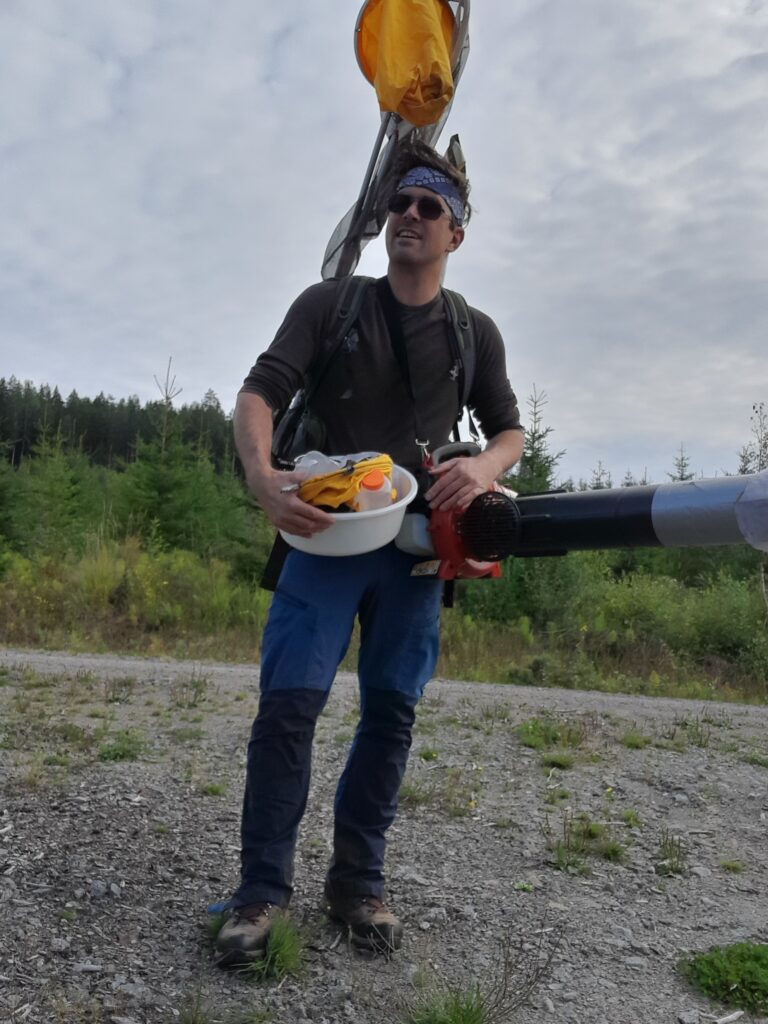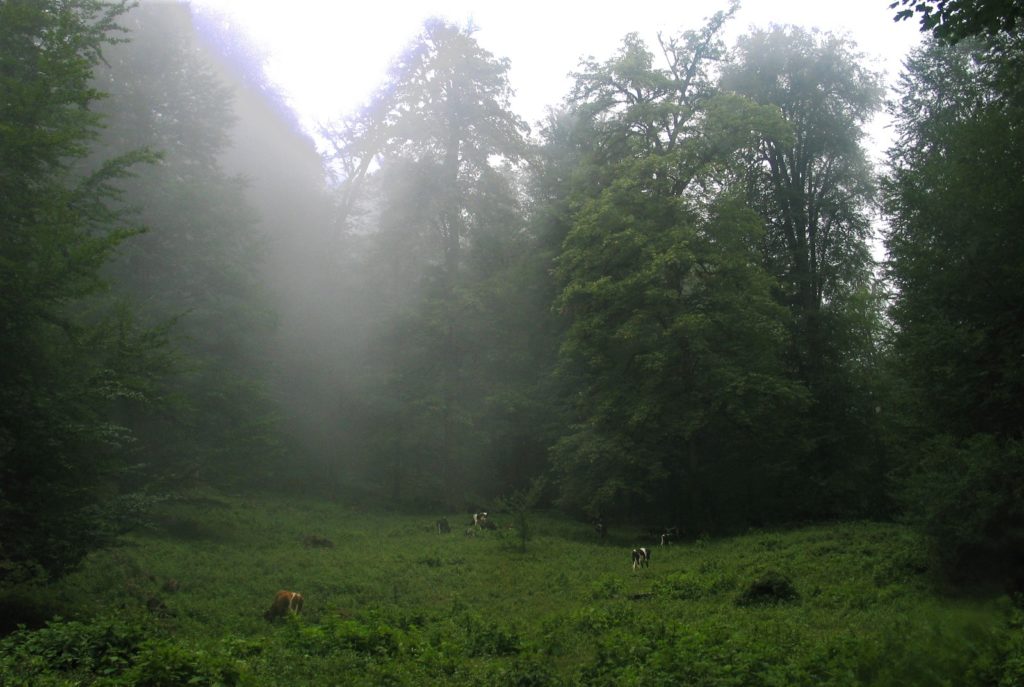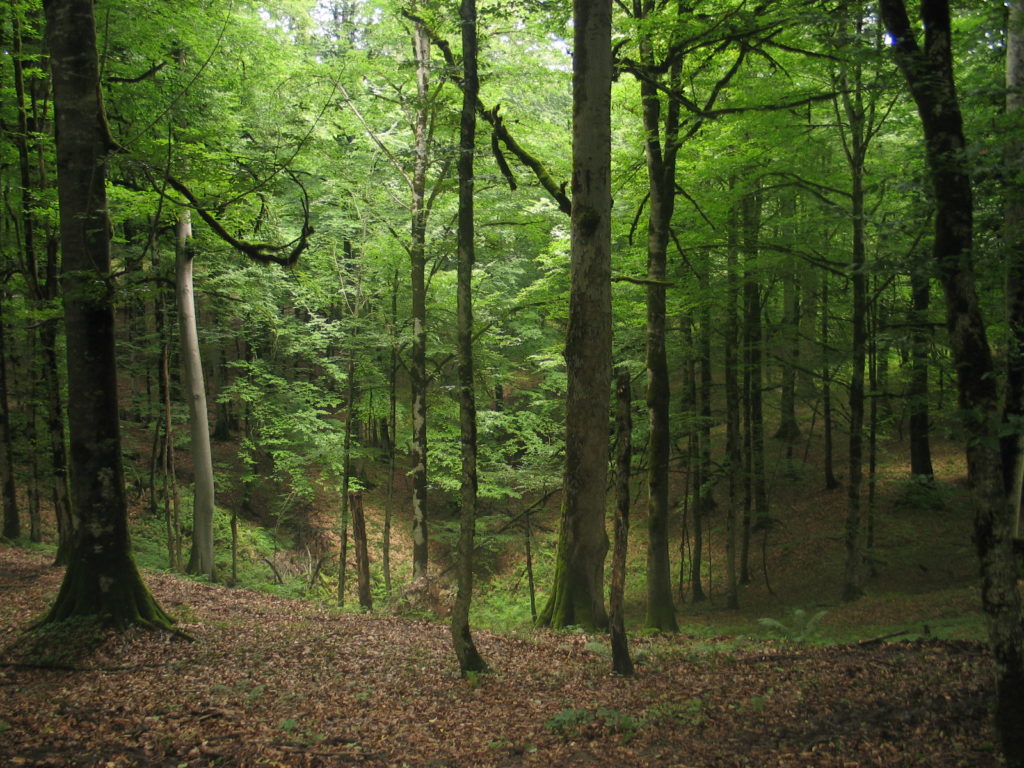New paper on Forested riparian buffer environment
Posted by Louis Addo | riparian vegetation
Jeff Marker, Eva Bergman, Lutz Eckstein, and Denis Lafage of Karlstad University have recently published a paper titled “Forested riparian buffer environmental variables are more important than size for species functional diversity in production forests” in the journal Forest Ecology and Management.
In their paper they explore the effects of forested buffers along small streams on the links between diversity and ecosystem function using spiders and vascular plants. They collected over 150 species of spiders and 85 species of vascular plants in Swedish production forests to test their hypothesis that larger forested buffers around streams would result in high levels of functional diversity. Surprisingly, the forested buffers had no effect on system functional diversity or functional redundancy for spiders or vascular plants. However, taxonomic diversity was found to drive functional diversity and the authors suggest that forest managers work to conserve high levels of taxonomic diversity through proper forested buffer maintenance.
This paper is open access and can be found on https://doi.org/10.1016/j.foreco.2022.120599




